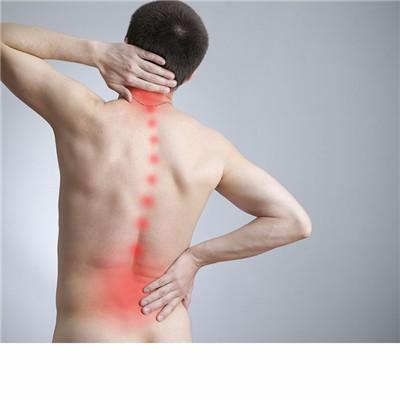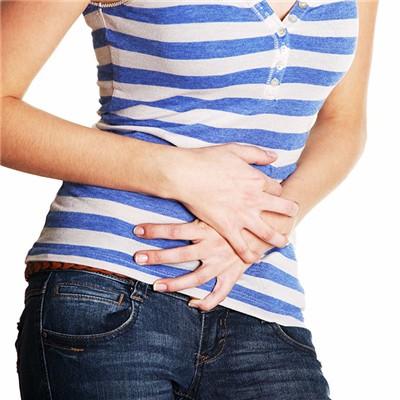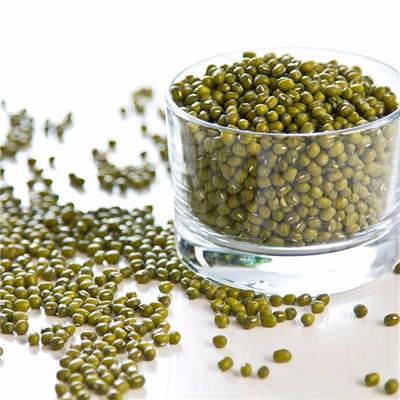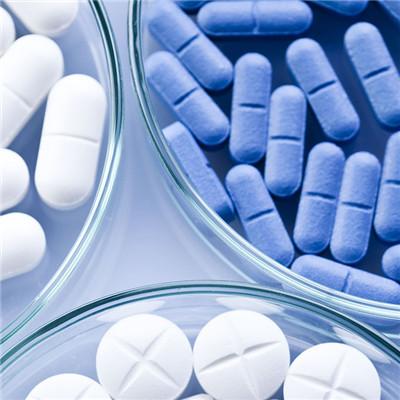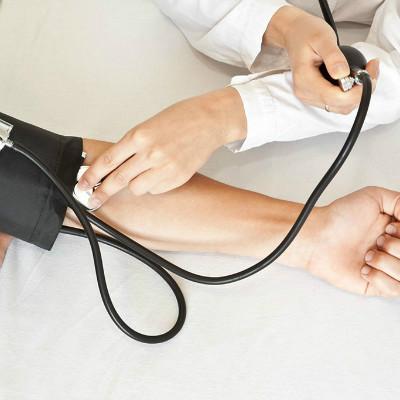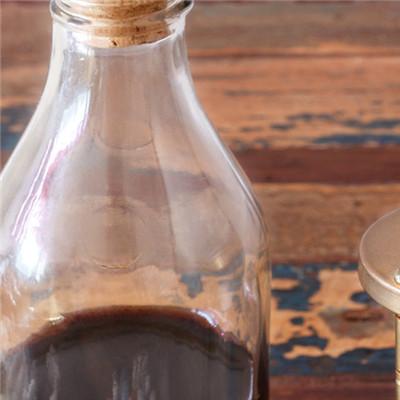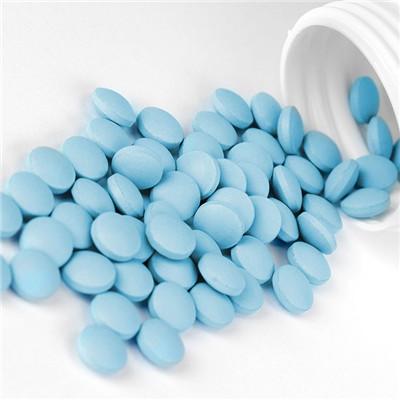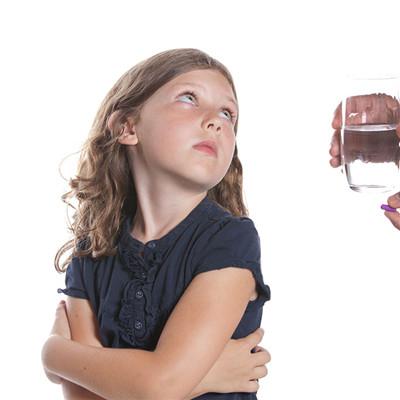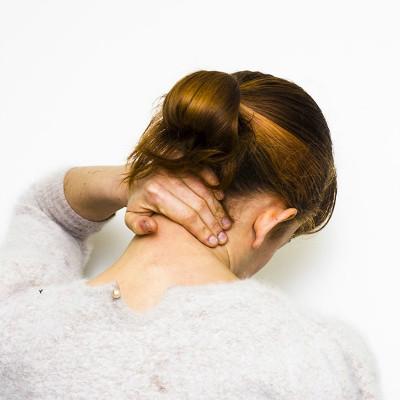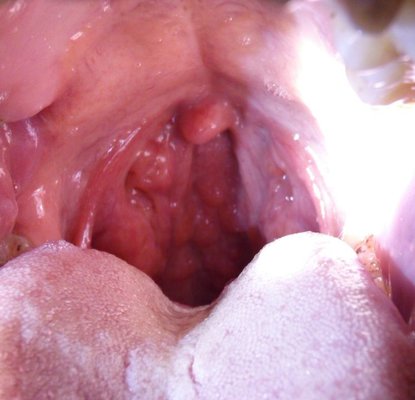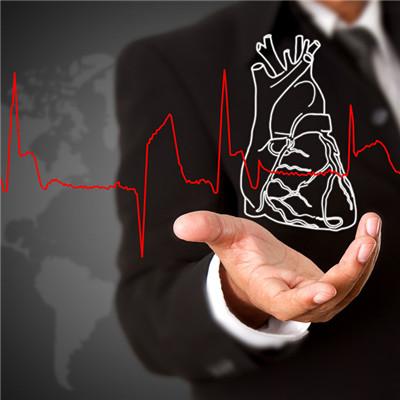Symptoms of malaria
summary
Malaria is an insect borne infectious disease caused by the infection of Plasmodium through the bite of Anopheles mosquitoes or the blood transfusion of people with Plasmodium. There are four kinds of Plasmodium parasitizing on human body, namely Plasmodium vivax, Plasmodium vivax, Plasmodium falciparum and Plasmodium ovale. Plasmodium vivax and Plasmodium falciparum are the main pathogens in China; The other two are rare, and some cases imported from abroad are occasionally seen in recent years. Different Plasmodium species cause Plasmodium vivax, Plasmodium vivax, Plasmodium falciparum and Plasmodium ovale respectively. The main manifestation of the disease is periodic regular attack, body chills, fever, sweating, long-term multiple attacks, can cause anemia and splenomegaly. Symptoms of malaria? Let's talk about it
Symptoms of malaria
The incubation period is defined as the period from human infection to onset (oral temperature exceeds 37.8 ℃). The incubation period includes the whole infrared period and the first reproductive cycle of the red period. Generally, vivax malaria and ovale malaria take 14 days, falciparum malaria takes 12 days, and three day malaria takes 30 days. The different quantity and strain of protozoa, the different immunity of human body and the different ways of infection can cause different incubation period. There are so-called long latency strains in temperate zone, which can last for 8-14 months. The incubation period of blood transfusion infection was 7-10 days. The incubation period of fetal malaria is shorter. The incubation period can be prolonged for people who have certain immunity or who have taken preventive drugs.
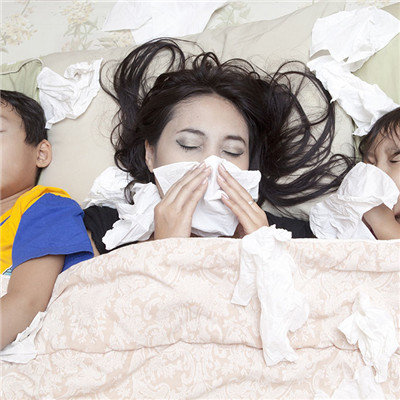
Chills, first for the extremities cold, quick back, body cold. Skin from goose bumps, lips, nails cyanosis, pale face, body muscles and joints ache. And then the whole body trembles, teeth tremble, some people cover a few beds quilt can't stop, last about 10 minutes, or even an hour, chills naturally stop, body temperature rise. At this stage, patients often have severe illness.

After the cold feeling disappears, the complexion turns red, cyanosis disappears, and the body temperature rises rapidly. Generally, the more obvious the cold feeling is, the higher the body temperature is, which can reach above 40 ℃. Patients with high fever are suffering. Some are restless and groan; Some delirium, pinch empty, even convulsion or unconscious; Some severe headache, stubborn vomiting. The patient had red face and shortness of breath; Conjunctival congestion; The skin is hot and dry; The pulse is flood and rapid; Urine is short and dark. Tell more about palpitations, thirst, cold drink. It lasts for 2-6 hours, and the individual time is more than 10 hours. Herpes is common in lip and nose after several attacks.
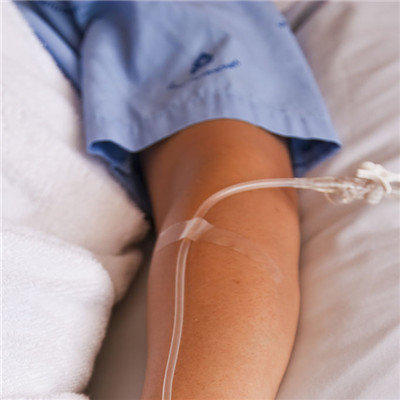
matters needing attention
We should pay attention to the supply of water, give people with poor appetite a liquid or semi liquid diet, and give them a high protein diet in the recovery period; For those who can't take food due to vomiting and diarrhea, rehydration is appropriate; Anemia can be supplemented by iron attack and fever after 24 hours should be bed rest. Keep warm when shivering; In case of sweating, wipe it with dry towel or warm wet towel in time, and change the sweaty quilt at any time to avoid getting cold; Physical cooling is used in high fever, and drug cooling can be used in patients with excessive fever; The patients with dangerous fever should be closely observed, the changes of vital signs should be found in time, the amount of in and out should be recorded in detail, and the basic nursing should be done well
